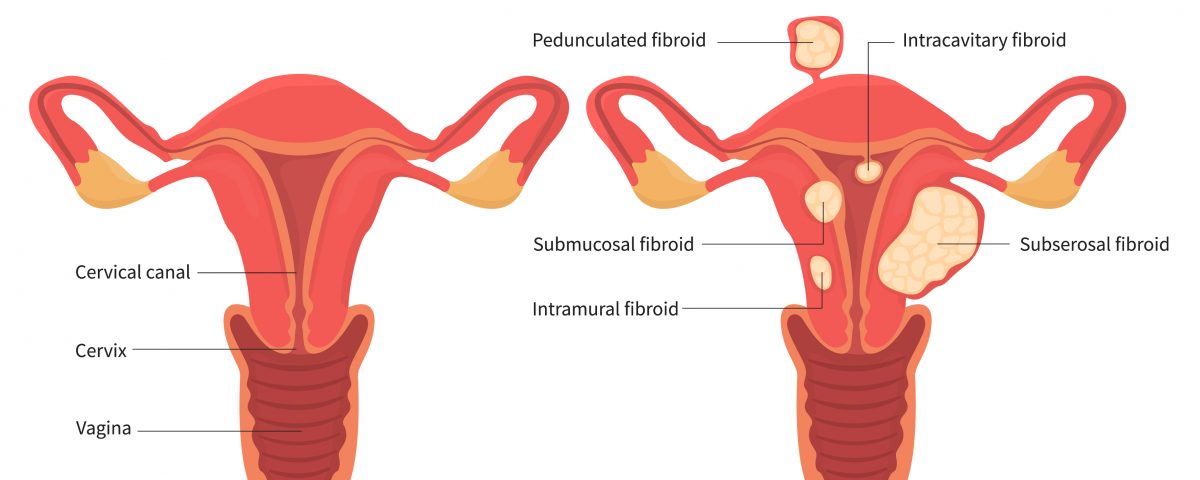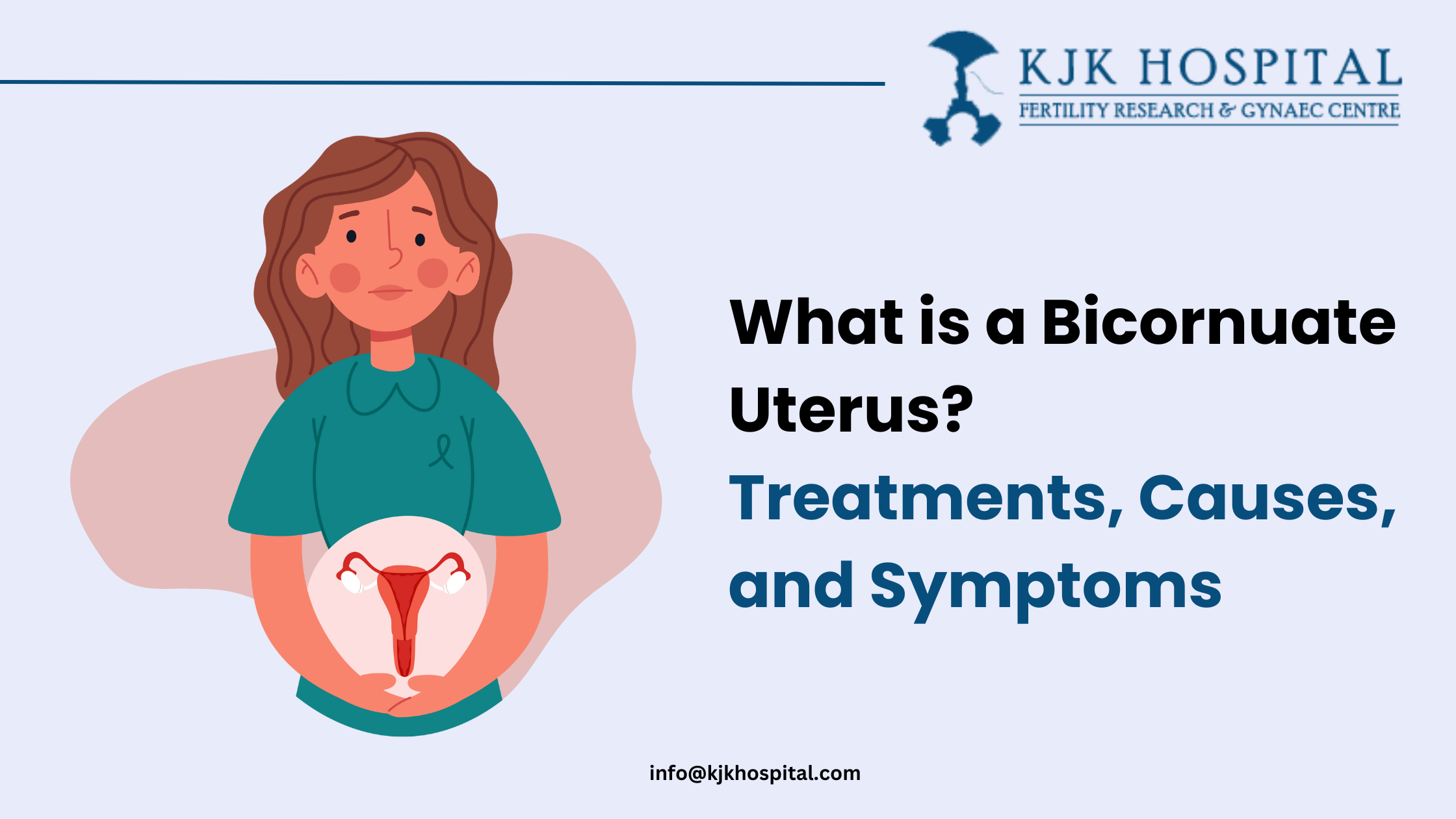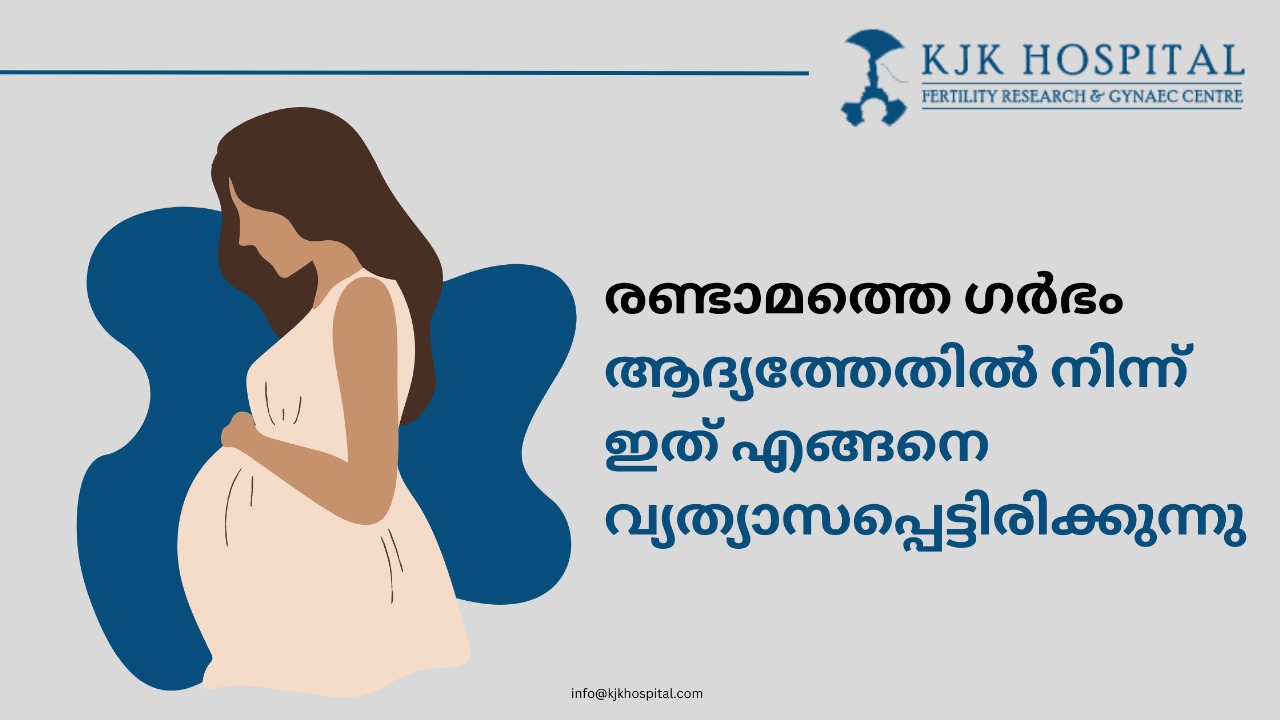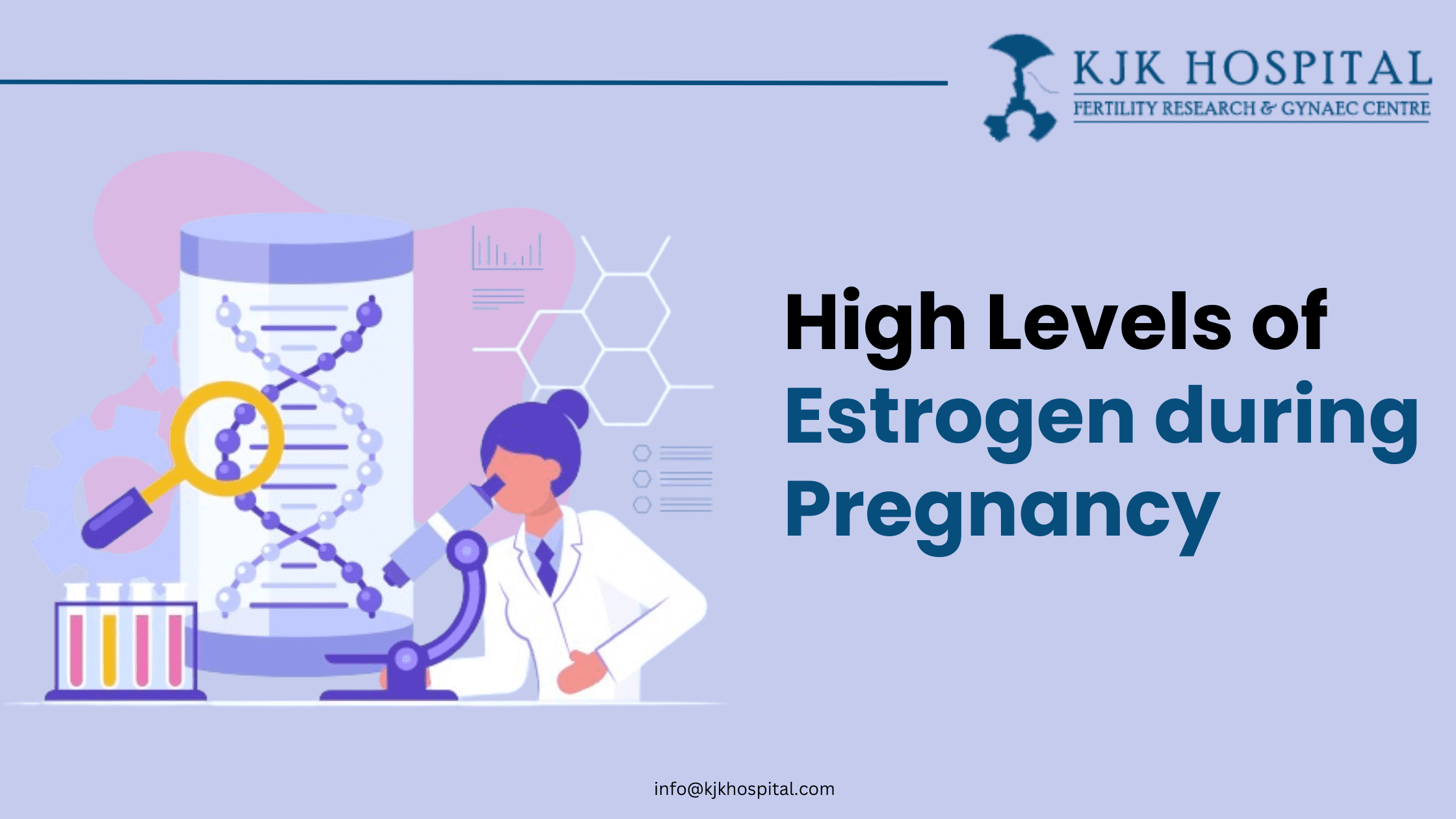Uterine fibroids are non-cancerous (benign) uterine tumours that are the most prevalent reason for hysterectomy. They are made up of muscle and fibrous tissue that grow from the uterus’ muscular wall. These tumours can grow to be quite large, causing severe stomach pain and irregular periods. In other circumstances, they have no visible indications or symptoms. The growths are usually non cancerous. In this article we have given some information on things every woman should know about fibroids – their symptoms, treatments , etc.
Symptoms of uterine fibroids
Many women with fibroids experience no symptoms. The location, size, and number of fibroids can all influence symptoms in women who have them. The first thing every woman should know about fibroids is the symptoms.
Uterine fibroids symptoms include:
- Heavy menstrual bleeding
- Periods that last longer than a week
- Blood clots in menstrual blood
- Increased menstrual cramping
- Painful intercourse
- Frequent urination
- Difficulty emptying the bladder
- Prolonged pelvic pain
- Backaches or leg pains
- Constipation
- Treatment for fibroids
The degree of your symptoms will determine your treatment plan. Some women will only require medication, while others will require surgery.
Gonadotropin-releasing hormone (GnRH) agonists
These medications work by shrinking your fibroids and can be administered as a nasal spray or an injection. They’re occasionally used to reduce a fibroid before surgery to make removal easier. These treatments, however, are just temporary, and if you stop using them, your fibroids could return.
Read to know the 6 lifestyle changes to improve the sperm quality.
GnRH antagonists
Your body naturally produces GnRH. By suppressing oestrogen, which stimulates the formation of uterine fibroids, GnRH antagonists put your body into menopause as long as you take them. You should not take them for longer than 6 months since they can increase your risk of developing osteoporosis, a disease that causes your bones to become fragile.
Progestin-releasing intrauterine device (IUD)
Fibroids can cause severe bleeding, which can be reduced by a progestin-releasing IUD. A progestin-releasing IUD simply relieves symptoms but does not shrink or remove fibroids. It also helps to avoid pregnancy.
Over-the-counter pain medications
These can be used to reduce the discomfort and pain caused by fibroids. Acetaminophen and ibuprofen are two OTC medications.
Oral therapies
Elagolix is a new oral medication for premenopausal women with symptomatic uterine fibroids who have excessive uterine bleeding. It has a 24-month usage period. Tranexamic acid, another oral medication, is an antifibrinolytic oral medicine used to treat cyclic heavy menstrual flow in women who have uterine fibroids.
Uterine artery embolization
This surgery essentially kills the arteries in certain sections of your uterus, depriving the fibroids of blood supply and causing them to die.
Endometrial ablation
During this procedure, your doctor will use heat or electrical energy to destroy your endometrium, the uterine lining. This usually gets rid of most fibroids and stops the bleeding.
Surgery
Fibroids can sometimes be removed through small incisions during minimally invasive operations like myomectomy. Your doctor may prescribe a hysterectomy to remove your uterus if your fibroids are too large or you have too many of them. If other treatment options are unsuccessful, surgery may be required.
Learn how to diagnose and treat a short cervix during pregnancy.
Myomectomy
A myomectomy is a surgical procedure to remove fibroids, leaving the uterus intact. Myomectomy is one of the best treatment options suggested by doctors for women who have fibroid symptoms and are planning to have children in the future. Your doctor may propose myomectomy if your fibroids are producing symptoms like irregular bleeding, pelvic pain, heavy periods, frequent urination, and so on.
There are different types of myomectomy: abdominal myomectomy, a laparoscopic myomectomy, or a hysteroscopic myomectomy. Depending on the number, size, and position of your fibroids, your doctor will propose the most effective myomectomy type for you.
- In Abdominal myomectomy, your surgeon will remove your fibroids by making an open surgical cut in your lower belly.
- Laparoscopic myomectomy lets your surgeon remove the fibroids through small incisions in the lower abdomen. The surgery usually needs two to four weeks of recovery time.
- Hysteroscopic myomectomy is usually performed for women with submucosal fibroids. In this surgery, the surgeon removes your fibroids through your vagina and cervix, using a speculum.
Hysterectomy
The uterus is removed entirely or partially during a hysterectomy. The fallopian tubes, ovaries, and cervix could also be removed by the surgeon.
Regardless of age, most women who have a hysterectomy do not need their ovaries removed. However, if doctors detect ovarian tumours or other serious concerns before or during surgery, the situation may change. Hysterectomies are used when other treatments fail to remove fibroids or other persistent problems of the uterus or pelvis.
Are fibroids cancerous?
By definition, fibroids are benign tumours. It’s called leiomyosarcoma when a smooth muscle tumour becomes malignant, and it happens once in every 1,000 uterine smooth muscle tumours. It is not believed that benign fibroids cause this type of cancer. Uterine fibroids do not enhance your risk of malignant growth or other uterine cancers.
Uterine fibroids can affect pregnancy.
Fibroids in the womb can make it difficult for an embryo to attach to the uterine lining, leading to infertility, miscarriage, or premature labour. The growing foetus is rarely affected when a woman with one or more uterine fibroids becomes pregnant, although the fibroids might make the pregnancy more uncomfortable. Fibroid growth might be accelerated by increased hormone levels during pregnancy. In addition, if a fibroid mass starts to die, the expectant mother may need pain medication until the mass shrinks.
Fibroids can come back
Although the treatment frequently works in addressing fibroids and providing relief, additional fibroids may develop over time. Fibroids can produce symptoms and necessitate further care.
The most important thing every woman should know about fibroids is that fibroids can come back. All treatments, except for hysterectomy, have the risk of fibroids returning. The uterus is completely removed during a hysterectomy.
A word of advice
Although uterine fibroids are not harmful, they can cause difficulties and pain, such as anaemia from excessive blood loss.
If you notice any of the symptoms, reach out to our team at KJK Hospital, the best fertility treatment and gynaecology centre in Trivandrum. Our multidisciplinary team includes best gynaecologists in trivandrum, interventional radiologists, and some of the best-trained minimally invasive surgeons in the country, many of whom are at the forefront of research activities that are propelling advancements in the field, allowing us to offer new technologies to our patients as soon as they become available.







